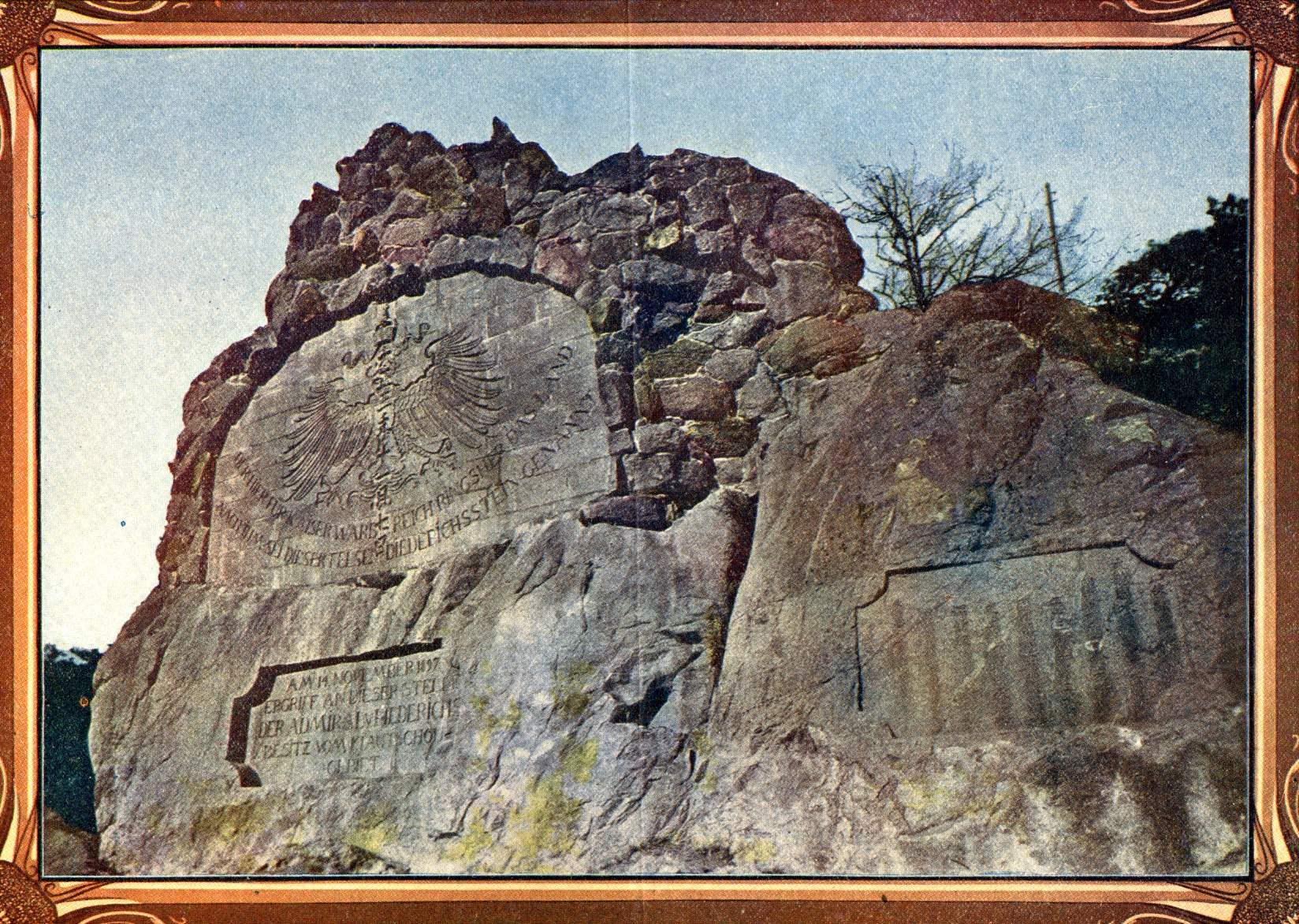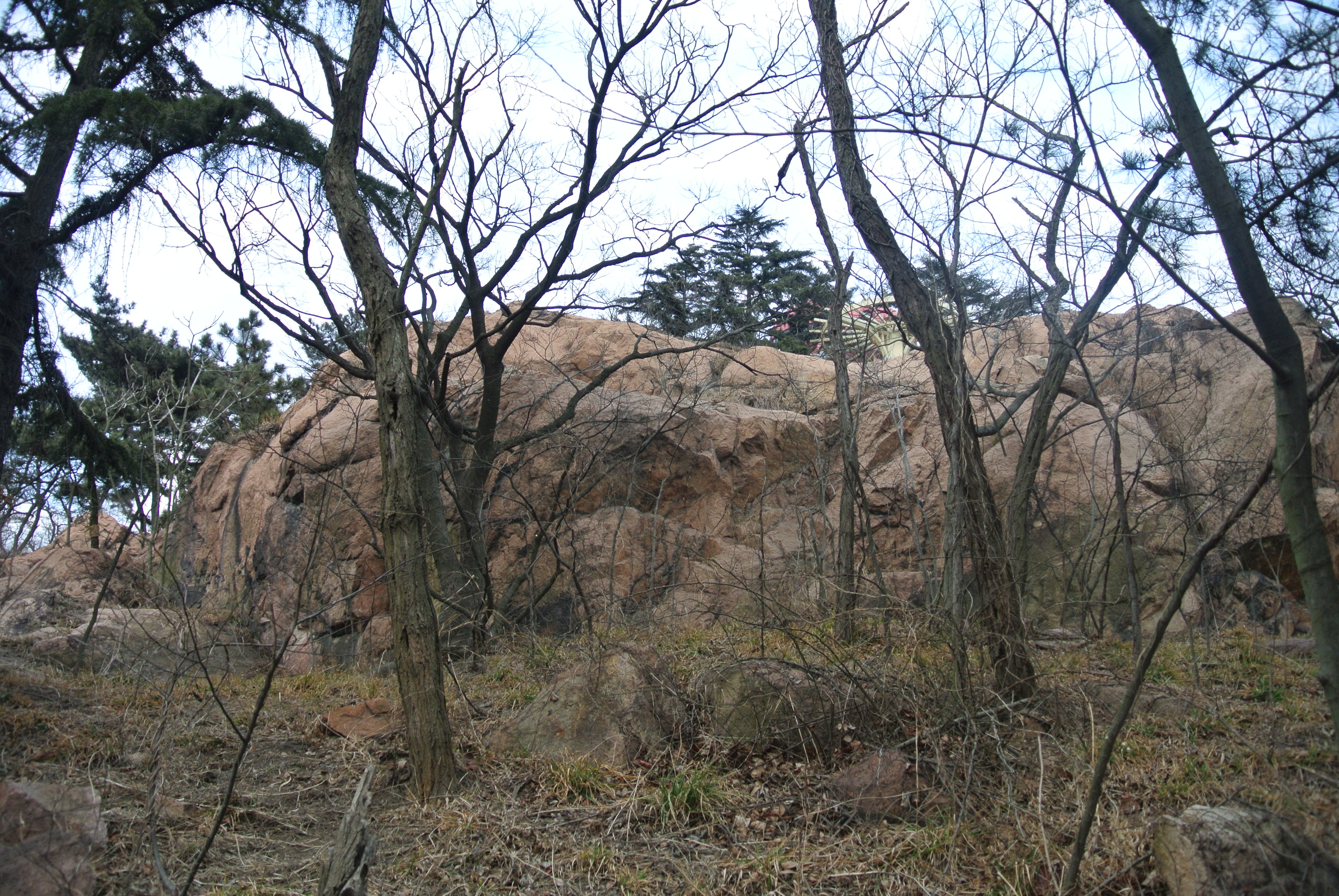Diederichs's stone on:
[Wikipedia]
[Google]
[Amazon]

 The Diederichs's stone (german: Diederichsstein, ) was a German monument in the city of Qingdao to commemorate Admiral
The Diederichs's stone (german: Diederichsstein, ) was a German monument in the city of Qingdao to commemorate Admiral
History in german "Bundesarchiv"
{{coord, 36, 3.937, N, 120, 19.870, E, region:CN_type:landmark, display=title Buildings and structures in Qingdao Buildings and structures completed in 1898 Buildings and structures demolished in 1922 China–Germany relations Germany–Japan relations History of Qingdao

 The Diederichs's stone (german: Diederichsstein, ) was a German monument in the city of Qingdao to commemorate Admiral
The Diederichs's stone (german: Diederichsstein, ) was a German monument in the city of Qingdao to commemorate Admiral Otto von Diederichs
Ernst Otto von Diederichs (7 September 1843 – 8 March 1918) was an Admiral of the Imperial German Navy (''Kaiserliche Marine''), serving in the Prussian Navy and the North German Federal Navy.
Early life
Diederichs was born 7 September 1843 in ...
and the German occupation of the Kiautschou Bay concession on 14 November 1897. The monument was dedicated on 21 November 1898 by Prince Henry of Prussia.Torsten Warner: ''Deutsche Architektur in China'', Ernst & Sohn, 1994, page 98 It was located at an elevation of 98 m, about halfway up the southwestern slope of the Signal Hill, the official German name of the mountain at the time was "Diederichsberg". Its most prominent feature was a plate decorated with the imperial eagle
The eagle is used in heraldry as a charge, as a supporter, and as a crest. Heraldic eagles can be found throughout world history like in the Achaemenid Empire or in the present Republic of Indonesia. The European post-classical symbolism of ...
of the German Empire and the inscription "For him who won for Kaiser and Reich the land all around, let this rock be named Diederichs's stone" ("Der hier für Kaiser warb u. ndReich ringsher das Land, nach ihm sei dieser Felsen Diederichsstein genannt").Terrell D. Gottschall, By Order of the Kaiser: Otto Von Diederichs and the Rise of the Imperial German Navy, 1865–1902, Naval Institute Press, Jan 1, 2003 Below the plate was a rock inscription that read, "In this place on 14 November 1897, Admiral v. onDiederichs took possession of the Kiautschou territory" ("Am 14. November 1897 ergriff an dieser Stelle der Admiral v. onDiederichs Besitz vom Kiautschou Gebiet"). A separate Chinese inscription was located to the right-hand side of the German text. The entire monument stood about 5 meters tall.
After Japan occupied Qingdao in November 1914, a Japanese inscription (executed using Chinese characters: 大正三年十一月七日, "7 November of the third year of the Taishō period") was placed across the imperial eagle. When Japan handed Qingdao back to China on 10 December 1922, the monument was dismantled and parts taken to a military museum in Tokyo.
Bibliography
* Torsten Warner: ''Deutsche Architektur in China.'' Ernst & Sohn, 1994, . * Hans Weicker: ''Kiautschou. Das deutsche Schutzgebiet in Ostasien''. Federzeichnungen, Initialen und Vignetten von Marie Gey-Heinze. Alfred Schall, Berlin 1908. * Michael Salewski: ''Die preußische und die Kaiserliche Marine in den ostasiatischen Gewässern: Das militärische Interesse an Ostasien.''References
External links
History in german "Bundesarchiv"
{{coord, 36, 3.937, N, 120, 19.870, E, region:CN_type:landmark, display=title Buildings and structures in Qingdao Buildings and structures completed in 1898 Buildings and structures demolished in 1922 China–Germany relations Germany–Japan relations History of Qingdao